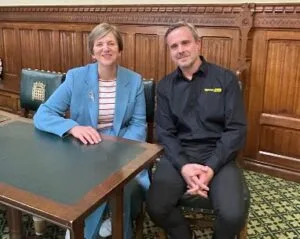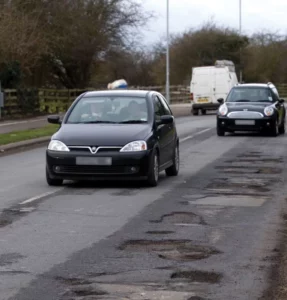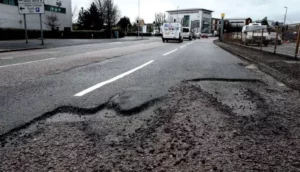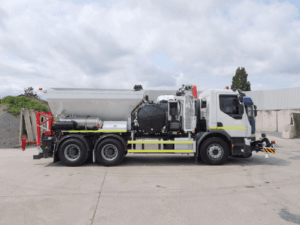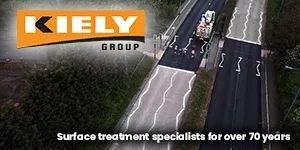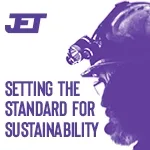The only way to drive down the cost of vehicle repairs for the public is to stop potholes forming in the first place, according to the Road Surface Treatments Association (RSTA).
The association is responding to the Government’s announcement that local authorities will have to now produce annual progress reports and prove public confidence in their highway maintenance programmes. Local authorities who fail to meet these new ‘strict’ conditions will see 25% of their share of the extra £500 million, withheld.
“A proactive and preventative maintenance strategy that includes all the treatments and innovation available to highway engineers is the only way we can drive down the cost of repairs for the public and stop potholes
from forming,” said Mike Hansford, Chief Executive of the RSTA.
“Investing comparatively smaller sums in earlier, more frequent, preventative maintenance through early to mid life roads, will stop them progressing into poor condition roads, where unpredictable and expensive potholes will form, and further deteriorate to a point of requiring expensive replacement,” he added.
The RSTA said it welcomed the Government announcement of the additional £500million highways funding for 2025/26, and in particular the reference to investment in preventative maintenance treatments. This demonstrates a commitment to achieving better investment of available funding. It also shows a commitment to decarbonising highway maintenance, supporting Government priorities in achieving net zero, said the association.
“A preventative approach keeps roads in good condition for longer, for less cost, and will support carbon reduction targets. This extra £500million, which could “….fill 7 million potholes”, could alternatively fund 9 million m2 of permanent, planned patch repairs. The technology is there to support identification of localised areas of failing roads, supporting a proactive approach to future and existing potholes,” said Mr Hansford.
Alternatively this £500million could be invested into preventative maintenance treatments, to include approximately (based on average road widths):
• 111 million m2 (20,202 kms) of surface dressing
Or
• 142 million m2 (26,000 kms) of preservation/rejuvenation
Or
• 71 million m2 (or 13,000 kms) of micro surfacing
Significantly higher levels of network coverage can be achieved using surface treatments, and this approach will deliver longer term cashable savings in reduced pothole repairs, third party insurance costs, and reduced carbon.
In reality the best investment will come from a combination of these treatments, with the right treatment, at the right place, at the right time, said the association.
